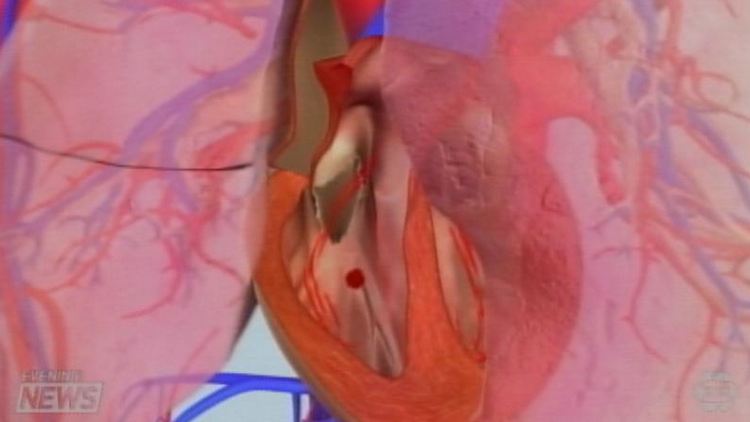
World Thrombosis Day

[projekktor id=’15638′]
Today isn’t just Thanksgiving, it’s World Thrombosis Day.
If you don’t know what that means, you’re not alone. You may want to find out though, because each year it kills more people in North America than breast cancer, AIDS and traffic accidents combined.
Thrombosis is when a blood clot forms inside a blood vessel. it can be harmless, but it can also be very dangerous. luckily, if you know what to look for, it’s very easy to treat.
Dr. Mark Crowther and Jenny Vrown are now cycling buddies. But they first met when he treated her for deep vein thrombosis.
Jenny Brown: “My father had a DVT, a deep vein thrombosis of his leg and then he had a heart attack and passed away. And I just didn’t think my arm pain was related to his leg pain.”
Brown had a clot in her shoulder that could have travelled to her lungs if she hadn’t known what to look for. That’s when DVT becomes dangerous.
Dr. Mark Crowther, St, Joseph’s Hospital, Hematologist: “They can develop into something called a pulmonary embolism which is when a blood clot goes to the lungs. And a pulmonary embolism can be fatal. You can die from pulmonary embolism.”
If a clot gets stuck in the lungs, your heart can stop because it can’t pump blood through your system. But it’s very easy to treat if you catch it early.
Deep vein thrombosis usually starts in the leg. It’s common after surgery or prolonged bed rest or during pregnancy.
Dr. Crowther: “The most consistent sign is unexplained leg swelling. So a person who has right leg that looks normal, a left leg that’s twice as big and there’s no real reason for it. It’s painful in the calf.”
Jenny’s extreme shoulder pain was a sign of her thrombosis. It’s kept at bay with medication that stops the blood from clotting.
If a clot has travelled to your lungs, you need to act fast.
Dr. Crowther: “The symptoms of pulmonary embolism are unexplained chest pain and shortness of breath that last for more than about 20 minutes.”
That’s a sign you should go to the hospital and tell them you may have a blood clot. They can do a simple test to find out.
This disease affects about five per cent of Canadians. But most deadly cases can be prevented, so it’s important to know the signs.







